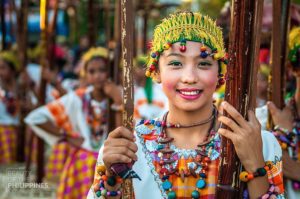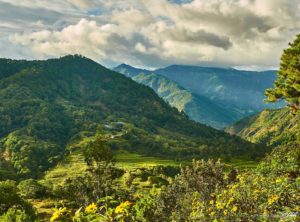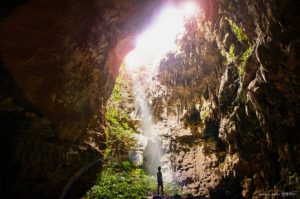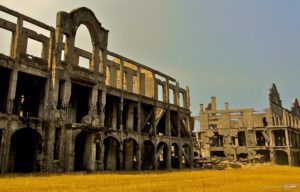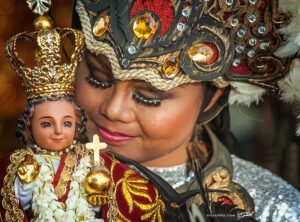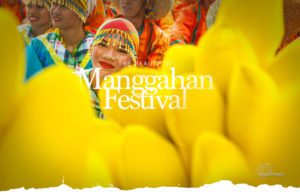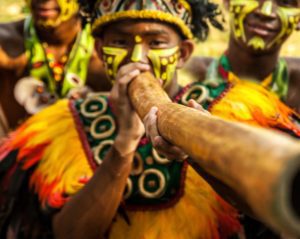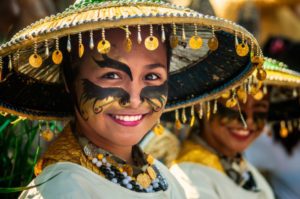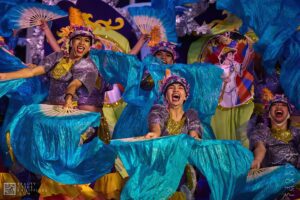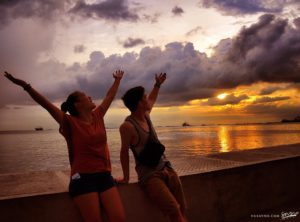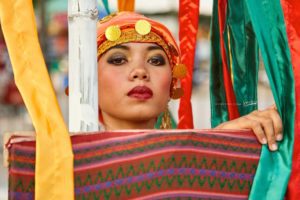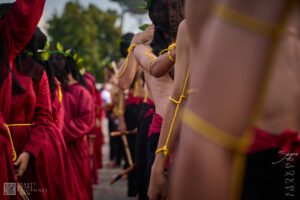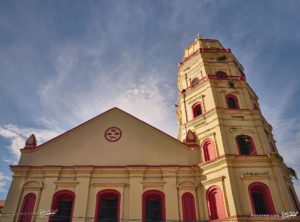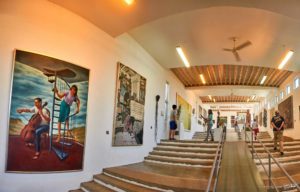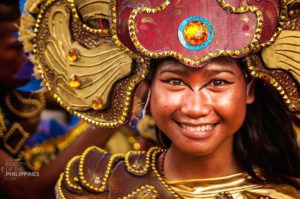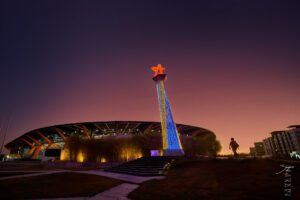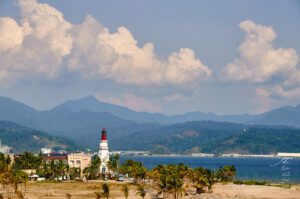Intramuros, Manila’s historic walled district, spans approximately 0.67 square kilometers and was once regarded as the entire city during the Spanish colonial era. The strategic location along the bay and at the mouth of the Pasig River made Manila an ideal trading hub for the Tagalog tribes and kingdoms, facilitating commerce with merchants from present-day China, India, Borneo, and Indonesia. The prehistoric polity of Maynila occupied the area where Intramuros would later be established.
Intramuros, Manila
Intramuros
The Historic Walled City of Manila
Share
Tweet
Email
- Intramuros, Manila
The historical significance of Intramuros and its landmarks, such as Fort Santiago and the Fortifications of Manila, is deeply rooted in the Philippines’ rich heritage, symbolizing resilience through periods of political, economic, and wartime challenges.
Explore the Philippines through my lens as we venture into Intramuros with Point of View (POV) photography. Using a body cam, I’ll guide you on an interactive tour, revealing the behind-the-scenes of capturing the shots shared here. Let’s dive into this visual journey together and uncover the wonders through my lens!
Let’s explore the PHILIPPINES through my lens as we journey on a photo slideshow to Intramuros. Join me in this visual adventure and discover the wonders captured through my lens! Check out the shared slideshow here.
Check out the video for more highlights. See what I’ve captured through my lens with Point of View (POV) photography. Using a body cam, I’ll take you on an interactive tour, showing you behind-the-scenes moments of capturing the shots shared here.
Check out the video below for additional features. Explore what I’ve captured through my lens in this cinematic slideshow.
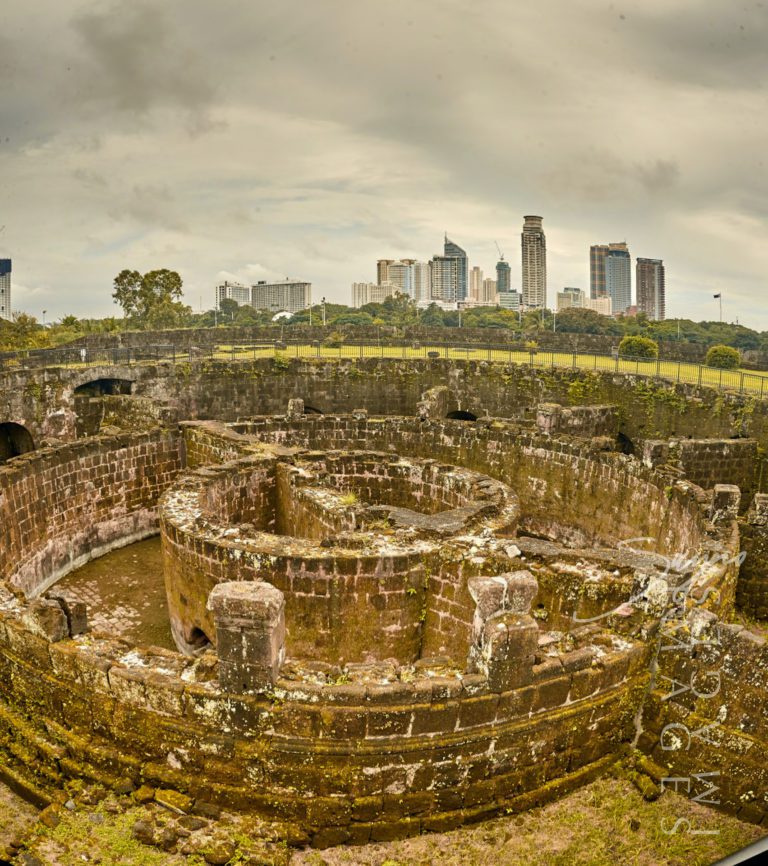
ABOVE: Baluarte San Diego, built between 1586 and 1592, is a historic bastion in Intramuros with a round shape designed for defense, preserved through several restorations.
ABOVE: Baluarte San Diego, built between 1586 and 1592, is a historic bastion in Intramuros with a round shape designed for defense, preserved through several restorations.
Spanish Colonial Era
In 1564, Spanish explorers led by Miguel López de Legazpi set sail from New Spain (now Mexico) and arrived in Cebu on February 13, 1565, marking the beginning of Spanish colonial rule in the Philippines. After learning about the rich resources in Maynila, Legazpi sent his lieutenants Martín de Goiti and Juan de Salcedo to explore Luzon. By 1570, after conflicts with Muslim natives, the Spaniards reached an agreement with local leaders Rajah Sulaiman III, Lakan Dula, and Rajah Matanda, who ceded the city to them.
Legazpi declared Manila the capital of the Spanish colony on June 24, 1571, due to its strategic location and resources. King Philip II of Spain awarded the city a coat of arms and the title Ciudad Insigne y Siempre Leal, making it the political, military, and religious center of the Spanish Empire in Asia.
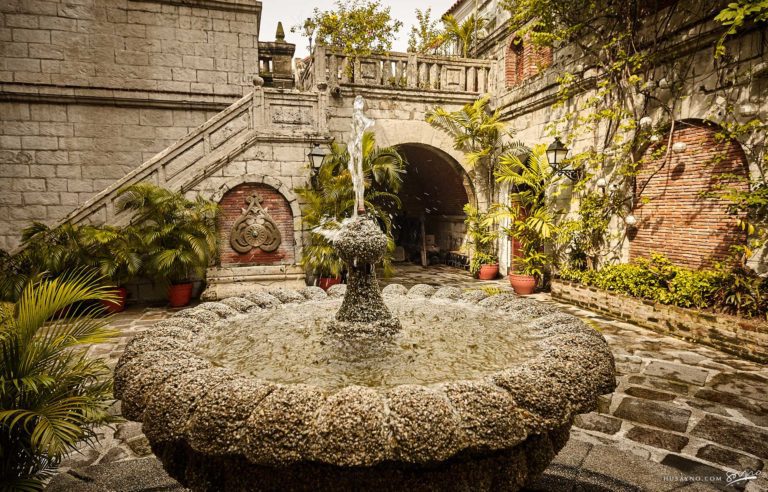
ABOVE: Casa Manila in Intramuros offers a captivating glimpse into 19th-century Filipino life with its restored Spanish colonial decor and historical artifacts.
ABOVE: Casa Manila in Intramuros offers a captivating glimpse into 19th-century Filipino life with its restored Spanish colonial decor and historical artifacts.
Fortifications and Architecture
Manila faced constant threats from natural disasters and invasions. In 1574, Chinese pirate Limahong attacked and destroyed much of the city, leading to a reconstruction effort. This prompted the construction of defensive walls, which began under Governor-General Santiago de Vera. The fortifications were designed by Jesuit Priest Antonio Sedeno and Spanish military engineer Leonardo Iturriano, with construction carried out by Chinese and Filipino workers. The walls and fortifications were expanded and improved over the centuries, with significant work completed by the 19th century.
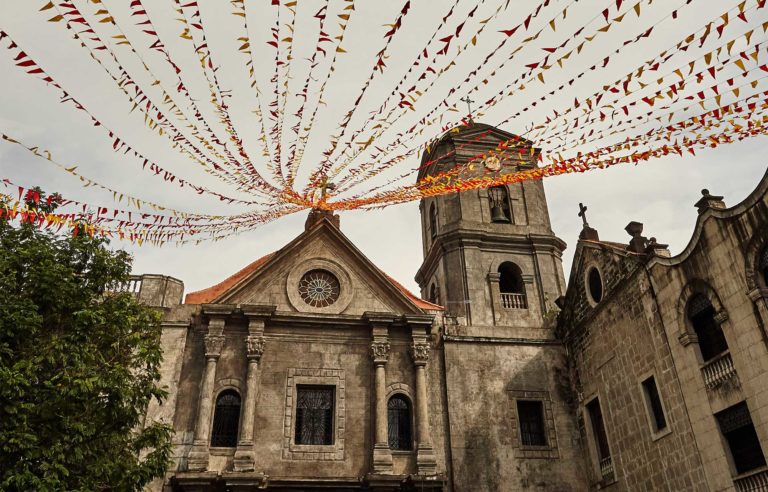
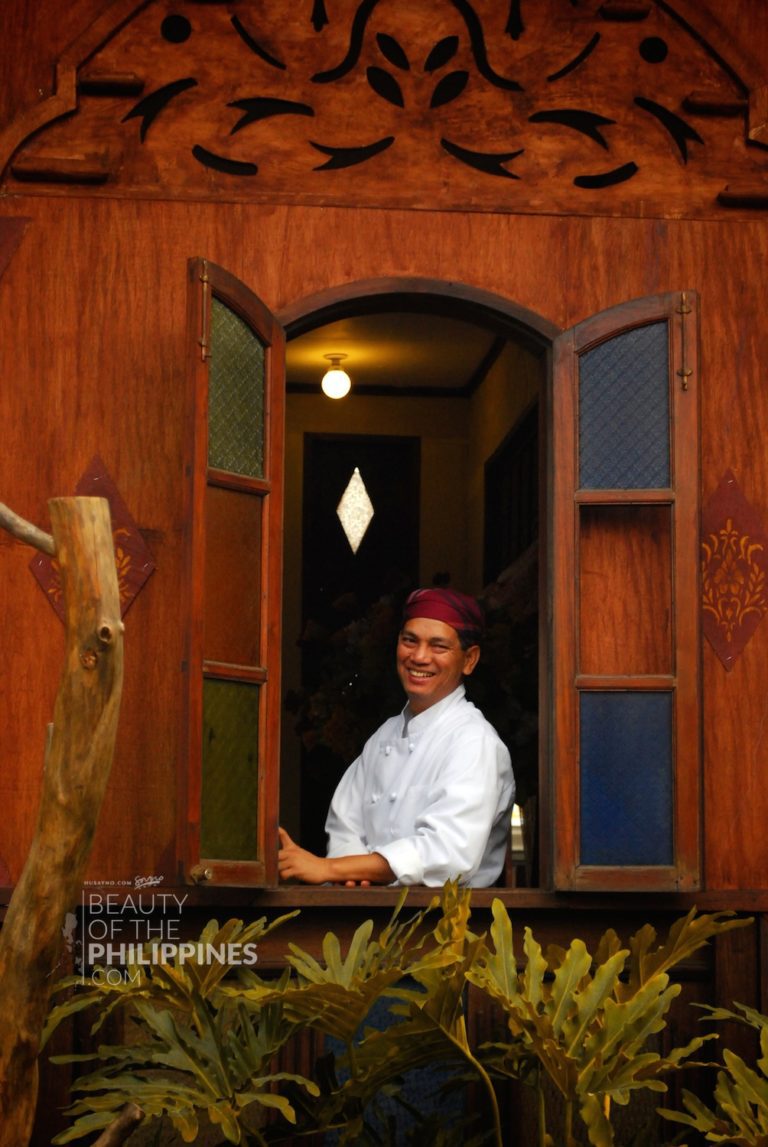
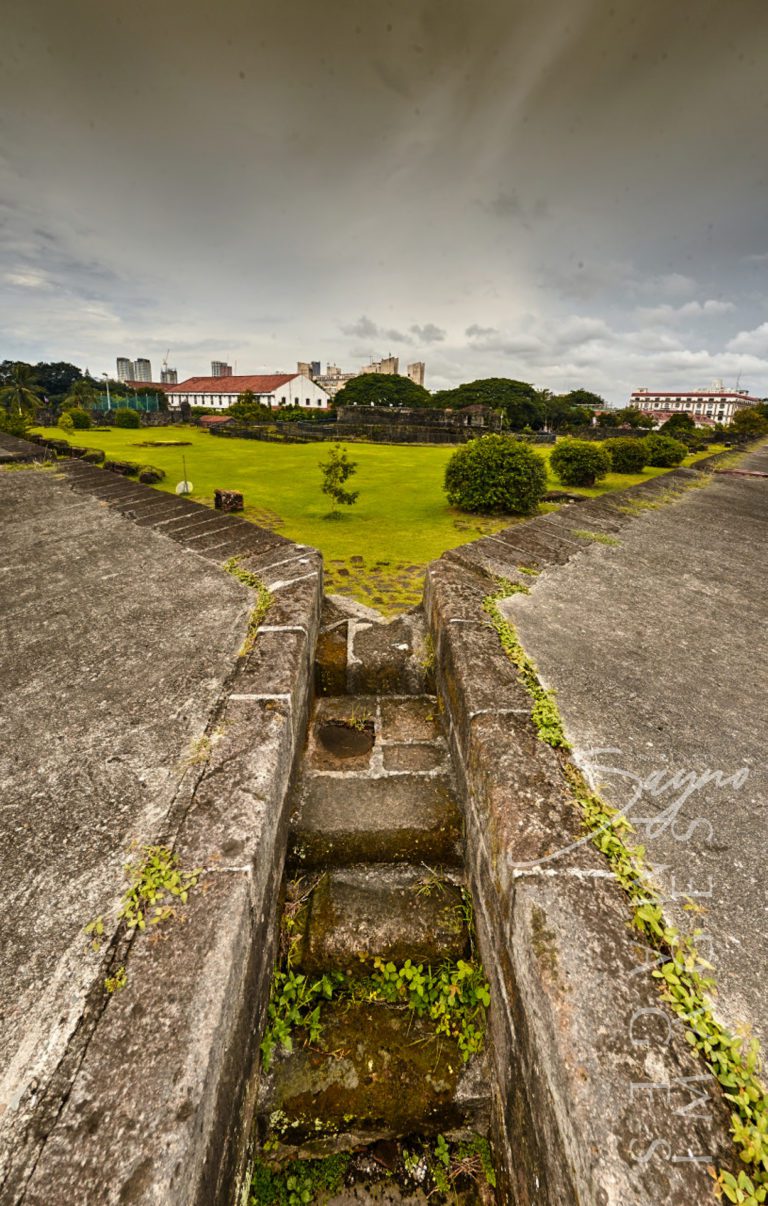
Key Landmarks
The main square of Intramuros was Plaza Mayor, later known as Plaza McKinley and then Plaza de Roma, situated in front of the Manila Cathedral. To the east of this main square stood the Ayuntamiento (City Hall), and opposite it was the Palacio del Gobernador, the residence of the Spanish viceroyalties. A devastating earthquake on June 3, 1863, destroyed these key buildings along with much of the city. Following the disaster, the Governor-General’s residence was relocated to Malacañang Palace, situated about 3 kilometers (1.9 miles) upstream on the Pasig River. Although the Ayuntamiento and Palacio del Gobernador were rebuilt, the Governor’s Palace was not.
Intramuros was also renowned for its numerous Roman Catholic churches, earning the nickname “City of Churches.” The oldest of these is San Agustin Church, built by the Augustinians in 1607. Other significant churches include San Nicolas de Tolentino Church (Recollects), San Francisco Church (Franciscans), Third Venerable Order Church (Third Order of St. Francis), Santo Domingo Church (Dominicans), Lourdes Church (Capuchins), and San Ignacio Church (Jesuits).
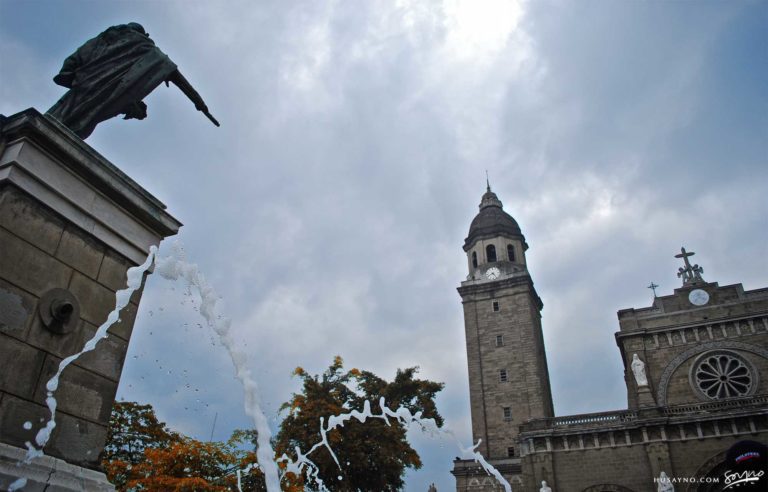
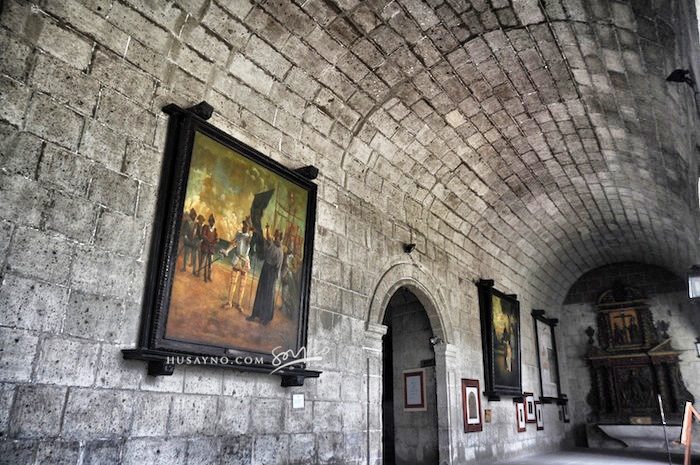
The religious orders that established these churches also founded convents and educational institutions within Intramuros. The Dominicans established the Universidad de Santo Tomás in 1611 and the Colegio de San Juan de Letrán in 1620. The Jesuits founded the Universidad de San Ignacio in 1590, the first university in the Philippines, although it closed in 1768 following their expulsion. After their return, the Jesuits established the Ateneo Municipal de Manila in 1859. During the early colonial period, Intramuros was home to about 1,200 Spanish families, with 600 residing within the walls and another 600 in the surrounding suburbs.
American Rule
Following the Spanish–American War, Spain ceded the Philippines and several other territories to the United States under the Treaty of Paris, with the U.S. paying $20 million. On August 13, 1898, the American flag was raised at Fort Santiago, marking the beginning of American rule in Manila. The Ayuntamiento became the headquarters of the Philippine Commission of the United States in 1901, while Fort Santiago served as the headquarters of the Philippine Division of the U.S. Army.
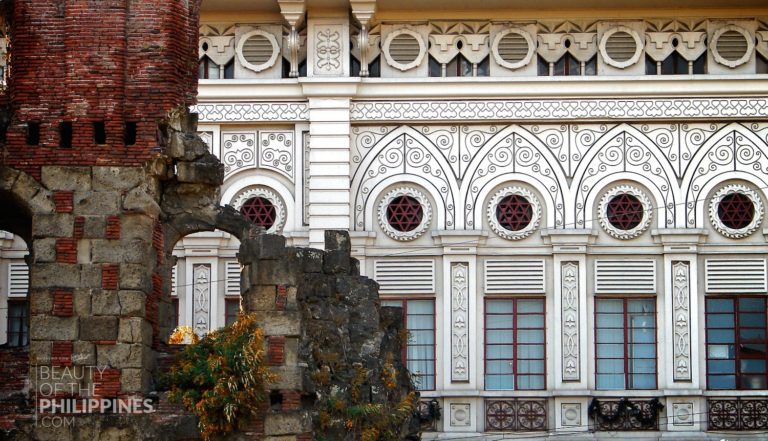
The American administration implemented significant changes in Manila. In 1903, they removed the walls between the Santo Domingo Gate and the Almacenes Gate to enhance the wharf on the southern bank of the Pasig River. The double moats surrounding Intramuros were deemed unsanitary and were filled with mud from Manila Bay, where the current Port of Manila now stands. These moats were subsequently transformed into a municipal golf course.
In 1936, Commonwealth Act No. 171 mandated that all future constructions within Intramuros adhere to Spanish colonial architectural styles, aiming to preserve the district’s historic character.
World War II and Aftermath
The district suffered significant damage during World War II. In December 1941, the Imperial Japanese Army invaded the Philippines, destroying Santo Domingo Church and the original University of Santo Tomas campus.
The battle for Manila’s liberation began in January 1945 when American forces, along with Filipino troops from the United States Army and Philippine Commonwealth Army, engaged in intense urban combat against approximately 30,000 Japanese defenders. The battle, marked by heavy fighting and the Manila massacre perpetrated by Japanese troops, led to extensive damage to the city.
RELATED STORIES
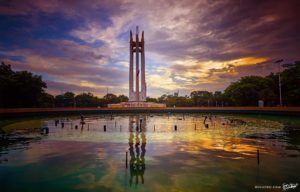
Quezon Memorial Circle: Exploring the Heart of Quezon City’s Heritage
One of Quezon City’s main parks is the Quezon Memorial Circle, which is located in Quezon City and is surrounded by an elliptical road, making
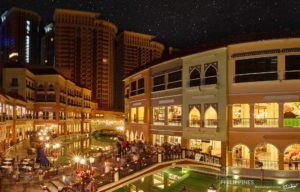
Venice Grand Canal: A Romantic Oasis in Taguig City
Located in the heart of the Taguig City, the Venice Grand Canal is a lifestyle mall development under the Megaworld Lifestyle Malls Located inside the
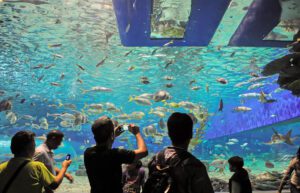
Manila Ocean Park: Exploring A Captivating Journey into Aquatic Wonders
As the nation’s first ever world-class marine theme park, Manila Ocean Park is located in Ermita Manila, within the Philippines’ largest urban resort/aqua-themed hotel complex
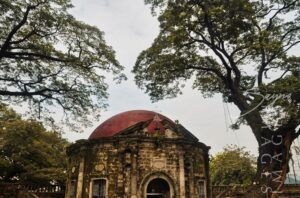
Paco Park: A Peaceful Retreat Steeped in History and Timeless Beauty
Situated in the bustling city of Manila, Paco Park is a serene oasis that invites visitors to step back in time while enjoying the calm
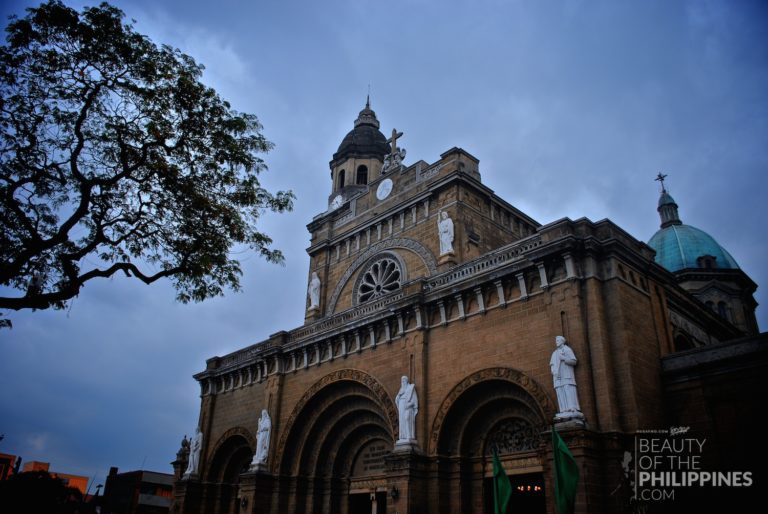
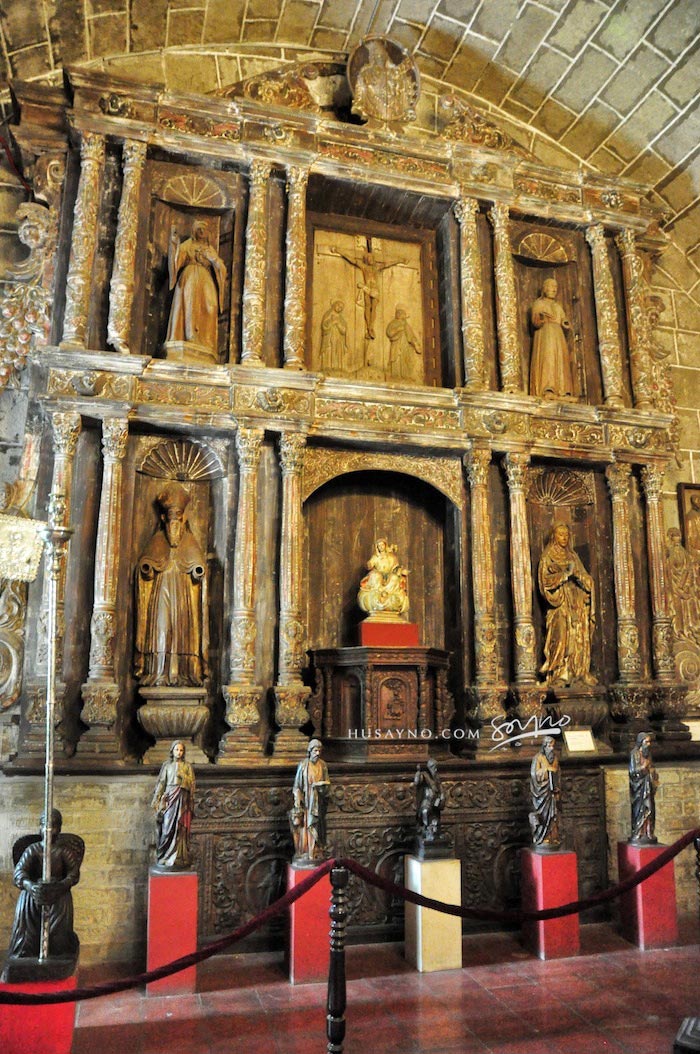
As the battle progressed, the Japanese forces were driven back into Intramuros. Despite General Douglas MacArthur’s reservations about bombing the historic district, heavy shelling was approved, resulting in the deaths of over 16,665 Japanese soldiers within Intramuros. By the end of World War II, Intramuros was left in ruins, with only the damaged San Agustin Church surviving amidst the devastation.
Post-War Restoration and Preservation Efforts
In 1951, Intramuros was designated a historical monument, and Fort Santiago was declared a national shrine. This designation marked the beginning of efforts to restore, reconstruct, and implement urban planning within the district. Intramuros’ stone walls are irregularly shaped, designed to follow the contours of Manila Bay and the winding Pasig River. The Muralla, or defensive walls, originally enclosed an area of 64 hectares (160 acres), featuring stones up to 8 feet (2.4 m) thick and walls reaching heights of 22 feet (6.7 m). The walls stretched approximately 3 to 5 kilometers in length, and the perimeter was surrounded by an inner moat (foso) and an outer moat (contrafoso) along the city-facing sides.
Legacy of Religious and Political Significance
During the colonial period, Intramuros was the center of religious and political power, housing eight grand churches built by various religious orders. Unfortunately, all but one of these churches were destroyed during the Battle of Manila in World War II. The only surviving structure was San Agustin Church, the oldest existing building in Manila, completed in 1607. Following the war, the Manila Cathedral, the seat of the Roman Catholic Archdiocese of Manila, was reconstructed in 1958.
The other religious orders relocated and rebuilt their churches outside Intramuros after the war. The Dominicans reconstructed Santo Domingo Church along Quezon Avenue in Quezon City. The Augustinian Recollects moved to their existing church, San Sebastian Basilica, located 2.5 kilometers (1.6 miles) northeast of the walled city. In 1951, the Capuchins relocated Lourdes Church to the corner of Kanlaon Street and Retiro Street (now Amoranto Avenue) in Quezon City, which was later declared a National Shrine in 1997. Other orders, such as the Order of Saint John of God and the Order of Poor Clares, established new locations in Roxas and along Aurora Boulevard, respectively. The San Ignacio Church and Convent are currently undergoing reconstruction to serve as Museo de Intramuros, an ecclesiastical museum dedicated to preserving the rich history and cultural heritage of the district.
Preservation of Heritage and Modern Use
Today, Intramuros stands as the only district in Manila where the influences of the Spanish colonial era are still prominently visible. Fort Santiago has been transformed into a well-maintained park and remains a popular destination for tourists. Although there has been limited commercialization within the district, some fast-food establishments have opened to cater to the student population. Additionally, several shipping companies have set up offices in the area. To attract both local and foreign visitors, Intramuros regularly hosts concerts, guided tours, and exhibitions.
I’m looking forward to the stories and images leaving a lasting positive impression on you, just as they have on me. Stay connected with us on social media for a weekly exploration of travel assignments and breathtaking visuals. Our focus is on championing local tourism, showcasing small businesses, and honoring the magnificence of the Philippines through the content we curate. Join us in spreading the word by clicking the ‘share’ buttons below. Your support means the world to us.
EXPLORE MORE about
the Region

Intramuros Golf Club: A Perfect Blend of History and Sport in the Heart of Manila
Located within the historical walls of Intramuros, Manila, Intramuros Golf Club is a true gem for both golf enthusiasts and history lovers alike. This iconic
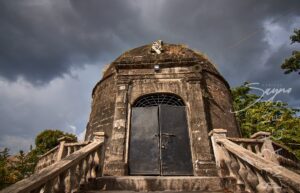
Taguig Simborio: Taguig’s Link to Its Burial Grounds of the Past
Tucked away in the heart of Taguig City, Metro Manila, lies an intriguing historical site that continues to captivate both locals and travelers alike—the Simborio.
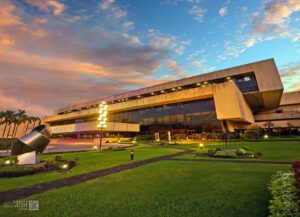
The Philippine International Convention Center: A Legacy of Global Diplomacy and Architectural Excellence
The Philippine International Convention Center (PICC) stands as a monument to the Philippines’ ambition to be a key player on the global stage. With its
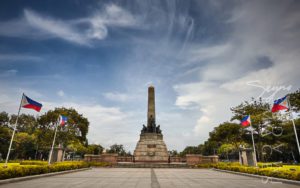
Rizal Park: Manila’s Historic Heart and Urban Oasis
Located along Roxas Boulevard, Manila and adjacent to the century-old walled city of Intramuros, the Luneta National Park, or “Luneta” as many refer to it,
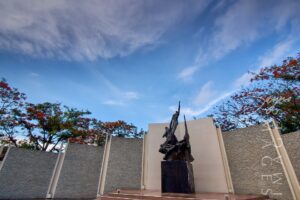
San Juan – Pinaglabanan Memorial Shrine: A Journey Through the Philippine Revolution
Located in the heart of San Juan City, Metro Manila, the San Juan – Pinaglabanan Memorial Shrine serves as a powerful reminder of the bravery
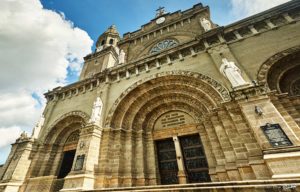
Manila Cathedral: The Mother Church of the Philippines
Originally built in 1880, the Manila Cathedral is the current version of the longstanding Church of Manila. It is a masterpiece of architecture that was
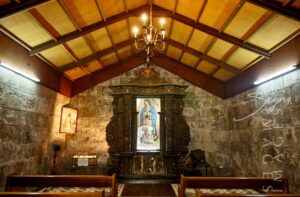
Our Lady of Guadalupe Shrine at Fort Santiago: A Sacred Haven in Manila
Tucked within the storied walls of Fort Santiago, a landmark that has stood as a silent witness to centuries of Philippine history, the Our Lady
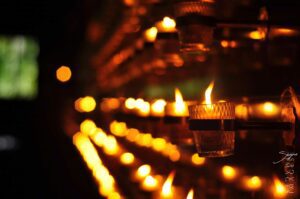
Padre Pio Chapel: The Sacred Haven in Quezon City
The Padre Pio Chapel, also known as the St. Pio of Pietrelcina Chapel, holds a special place in my heart as a photographer. It revealed
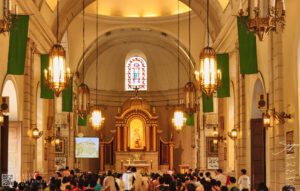
Malate Church
Malate Church stands as a profound symbol of faith, resilience, and artistry, preserving its sacred role and architectural splendor through centuries of triumphs and trials.
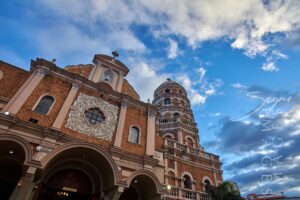
Santa Cruz Church: Where Faith Meets the Pulse of the City
If you’re wandering through the heart of Manila and looking for a place where stories linger and time seems to slow down, Santa Cruz Church

UP Diliman: A Cultural and Historical Gem
The University of the Philippines Diliman (UP Diliman) is more than just the country’s premier academic institution—it is a historical, cultural, and natural destination worth
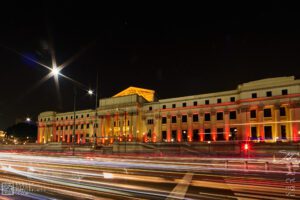
National Museum of Fine Arts: Artistic Treasures of the Philippines
Manila, the vibrant capital of the Philippines, is home to a wealth of cultural and historical landmarks, and among its crown jewels is the National
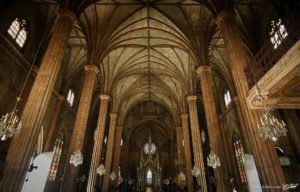
San Sebastian Church: A Testament of Strength and Faith in Manila
San Sebastian Church is a Roman Catholic Minor Basilica located in Quiapo, Manila. It’s also known as Minor Basilica of San Sebastian or San Sebastian
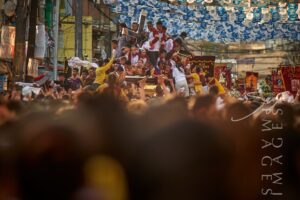
The Feast of the Black Nazarene: A Testament of Faith, Culture, and Tourism
The Nazareno Festival, or the Feast of the Black Nazarene, is one of the most spectacular and deeply moving religious events in the Philippines. Held

Venice Grand Canal: A Romantic Oasis in Taguig City
Located in the heart of the Taguig City, the Venice Grand Canal is a lifestyle mall development under the Megaworld Lifestyle Malls Located inside the
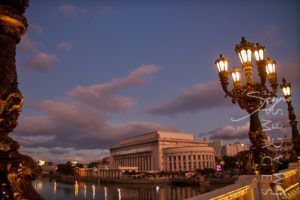
Manila Post Office: Pillars of Heritage and Design
The Manila Post Office, officially known as the Manila Central Post Office, is a distinguished example of neoclassical architecture, originally designed by Juan M. Arellano,
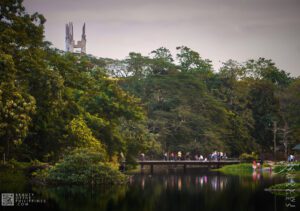
Ninoy Aquino Parks and Wildlife Center: A Green Oasis in Quezon City
Situated in the heart of Quezon City, the Ninoy Aquino Parks and Wildlife Center (NAPWC) offers a serene retreat from the bustling streets of Metro
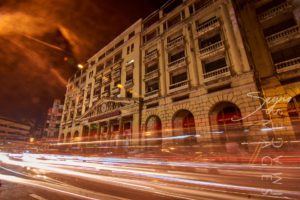
Santa Cruz: A Vibrant District in Manila
I experienced the vibrant and colorful life of downtown in full. I took some time to appreciate the beauty of Santa Cruz Church and Plaza
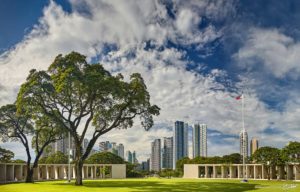
Manila American Cemetery and Memorial: Honoring Heroes in Fort Bonifacio with a Solemn Tribute to World War II Sacrifices
Manila American Cemetery and Memorial is located in the heart of Taguig City on the lands of Fort Bonifacio and serves as the largest grave

Quezon Memorial Circle: Exploring the Heart of Quezon City’s Heritage
One of Quezon City’s main parks is the Quezon Memorial Circle, which is located in Quezon City and is surrounded by an elliptical road, making
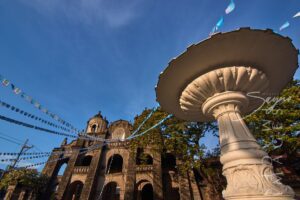
Santuario del Sto. Cristo Church: A Timeless Landmark in San Juan City
San Juan, a city tucked in the heart of Metro Manila, is often overshadowed by its more famous neighbors, yet it holds within its borders
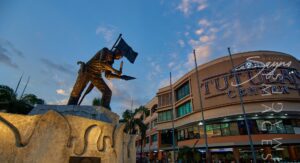
Tutuban Center: Where History Meets Shopping Bliss in Manila
Situated in the heart of Manila, Tutuban Center is more than just a shopping destination—it’s a vibrant mix of history, commerce, and culture that draws
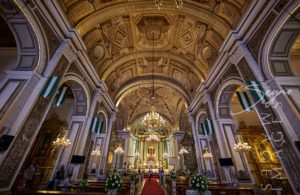
San Agustin Church: A Masterpiece of Baroque Architecture
Known as one of the most important baroque churches in the Philippines and as one of the only four baroque churches in the Philippines that
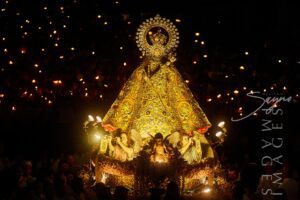
Feast of La Naval de Manila: A Celebration of Faith and Heritage
Every October, the vibrant streets of Quezon City come alive with faith, devotion, and rich cultural traditions during the Feast of La Naval de Manila.

Chong Hock Tong Temple: A Cultural Journey Through Manila’s Chinese Heritage
When you think of Manila, you probably imagine vibrant street life, Spanish-era churches, or food stalls dishing out sisig and lumpia. But just beyond the

La Mesa Ecopark: Metro Manila’s Hidden Oasis
Nestled in the heart of Quezon City, La Mesa Ecopark stands as a serene sanctuary, offering both a retreat for nature lovers and an educational
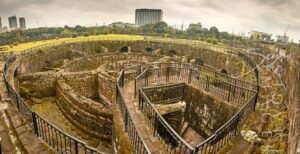
Baluarte de San Diego: Step Into History in the Heart of Manila
You know how sometimes, you stumble upon a place that feels like stepping straight into a history book—except the pages come alive? That’s exactly the
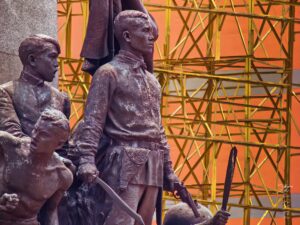
Bonifacio Monumento: A Towering Tribute to Philippine Heroism
The Bonifacio Monument, also called Bonifacio Monumento or Monumento, proudly stands in Caloocan City, Metro Manila. It is a powerful symbol created by the National
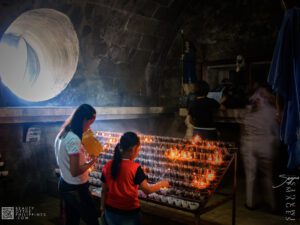
Santa Ana de Taguig Church: A Living Chronicle of Faith and Heritage
Located in the heart of Taguig City, just a short distance from the bustling Bonifacio Global City (BGC), lies the St. Anne Parish Church, more

UST Church Santísimo Rosario Parish: A Sacred Stop in the Heart of UST, Manila
If you’re exploring Manila and looking for more than just the usual heritage stops, make room on your itinerary for a place that blends quiet
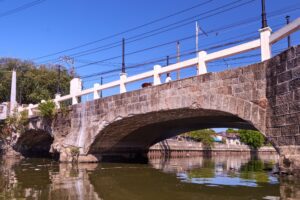
Zapote Bridge: A Timeless Landmark of Philippine History and Heritage
Nestled at the crossroads of Las Piñas in Metro Manila and Bacoor in Cavite, the Zapote Bridge stands as a silent yet powerful witness to
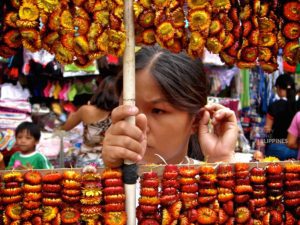
Plaza Miranda: Embracing the Unique Blend of Culture and Faith in Quiapo, Manila
Plaza Miranda is a public square bounded by Quezon Boulevard, Hidalgo Street and Evangelista Street in Quiapo, Manila. It is the plaza which fronts the
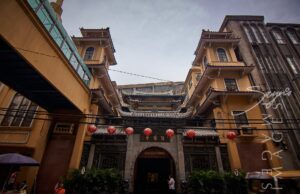
Seng Guan Temple: A Cultural and Spiritual Gem in the Heart of Manila
If you’re exploring the heart of Manila, you won’t want to miss Seng Guan Temple, a cultural and spiritual gem nestled in the bustling district
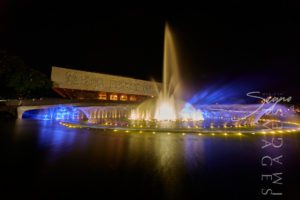
Cultural Center of the Philippines: A Hub of Filipino Arts and Culture
The Cultural Center of the Philippines or CCP was founded in 1966 under the directive of former President Ferdinand Marcos, in order to reinforce and
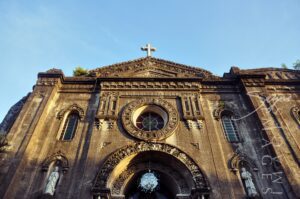
Guadalupe Church Ruins: A Glimpse into Makati’s Rich History
Tucked away in the bustling heart of Makati lies the Guadalupe Church Ruins, an evocative landmark that offers more than just a glimpse of the
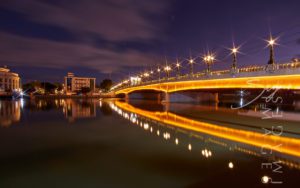
Jones Bridge: A Legacy of Resilience and Revival in Manila
The newly restored Jones Bridge is easily recognizable by its beautifully designed black lamp posts—the same ones that were there when the bridge was first
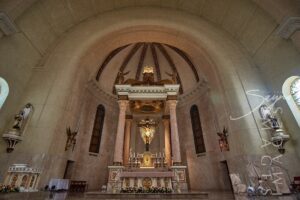
Mount Carmel Shrine: A Spiritual and Cultural Landmark in Quezon City
When in Quezon City, one of the most serene and awe-inspiring places to visit is the Mount Carmel Shrine, a haven of peace, spirituality, and
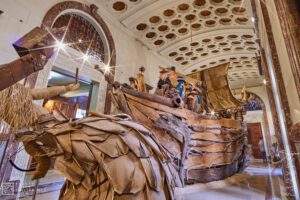
The National Museum of Anthropology: A Journey Through Philippine Culture
The National Museum of Anthropology, located in the heart of Manila within the National Museum Complex, is a must-visit destination for travelers eager to explore

Plaza Rajah Sulayman: A Vibrant Landmark by Manila Bay
If you’re exploring Manila, one spot you shouldn’t miss is Plaza Rajah Sulayman, a scenic and historically significant public square in the heart of Malate,
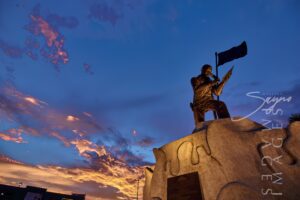
Andres Bonifacio Birthplace Monument: Honoring the Legacy in Tondo, Manila
The Andres Bonifacio Birthplace Monument in Tutuban, Divisoria stands as a powerful symbol of Filipino patriotism and a tribute to the courage and leadership of Andres
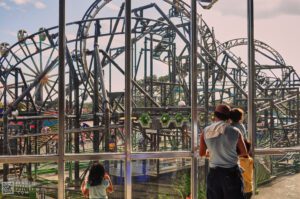
Star City, Pasay: The Ultimate Theme Park Experience in Metro Manila
Nestled in the heart of Pasay City within the Cultural Center of the Philippines Complex, Star City stands as one of the premier amusement parks

Carriedo Fountain: A Historical Landmark in the Heart of Manila
If you’re ever wandering through the lively streets of Manila, one of the city’s must-see spots is the iconic Carriedo Fountain. Nestled in the heart
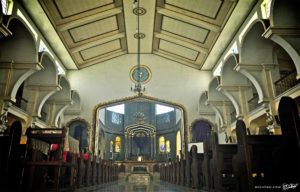
Polo Church: The Resilience of San Diego de Alcala Through Time
The Polo Church, formally known as the San Diego de Alcala Church, resides in the Polo neighborhood of Valenzuela, Manila. This church has a captivating
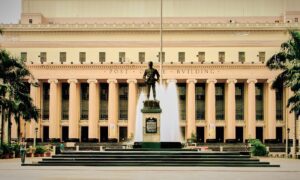
Liwasang Bonifacio: A Historic Landmark in the Heart of Manila
Nestled in the heart of Manila, Liwasang Bonifacio is a place where history, culture, and modern urban life converge. Formerly known as Plaza Lawton, this
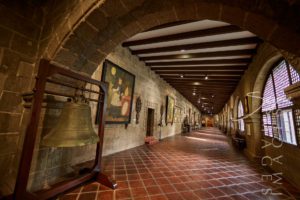
San Agustin Museum: A Time Capsule of Philippine Heritage Through the Resilient Legacy of the Augustinian Friars
The San Agustin Museum is located adjacent to the UNESCO World Heritage Site, San Agustin Church. It is located in Intramuros—the walled city of Manila—and

Manila Zoo: Exploring Nature’s Rich Diversity and Conservation Efforts
It is the home of the popular Asian elephant, Mali, as well as 90 other species. As well as being a landmark in Manila, the
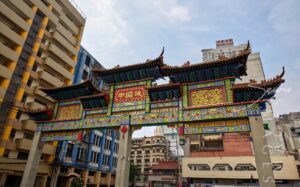
Binondo Chinatown: A Culinary and Cultural Adventure in the Oldest Chinatown
In addition to being considered the oldest Chinatown in the world, Binondo Chinatown is also the center of trade and commerce in Manila City. In
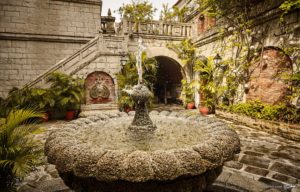
Casa Manila: Unveiling Spanish-Filipino Heritage Through Historical Charm
Casa Manila, located in the heart of Intramuros, Manila, is a living museum that transports visitors to the grandeur of the Spanish colonial era. As
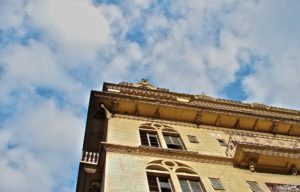
Luneta Hotel: A Timeless Jewel of Manila’s Architectural Heritage
It is always a surprise for buildings, parks and houses to survive such wars as it is almost inevitable that everything will be brought down
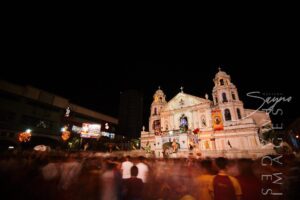
Quiapo Church: Manila’s Timeless Beacon of Faith
Quiapo, Manila, is home to the historic Quiapo Church, officially known as the Minor Basilica and National Shrine of the Black Nazarene. This revered religious

Paco Park: A Peaceful Retreat Steeped in History and Timeless Beauty
Situated in the bustling city of Manila, Paco Park is a serene oasis that invites visitors to step back in time while enjoying the calm
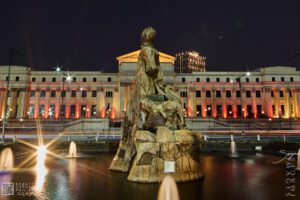
Gomburza National Monument: A Must-Visit Historic Landmark in Manila
The Gomburza National Monument, located in front of the National Museum of Fine Arts along Padre Burgos Avenue in Manila, stands as a solemn tribute
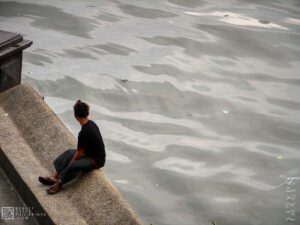
Quezon Bridge: A Historic Landmark Connecting Manila’s Past and Present
Quezon Bridge, a striking steel arch bridge spanning the Pasig River, is more than just a vital transportation link—it is a historical icon of Manila.

Manila Ocean Park: Exploring A Captivating Journey into Aquatic Wonders
As the nation’s first ever world-class marine theme park, Manila Ocean Park is located in Ermita Manila, within the Philippines’ largest urban resort/aqua-themed hotel complex
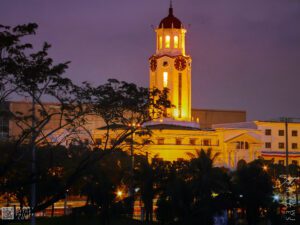
The Iconic Manila City Hall: A Must-See Landmark in the Heart of the Capital
Nestled in the historic district of Ermita, Manila City Hall is more than just the seat of the city’s government—it’s a testament to the rich
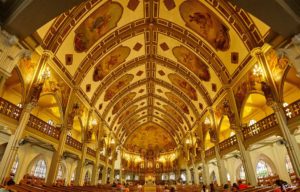
Manila Abbey: A Tapestry of History and Spiritual Reverence
The Manila Abbey San Beda, or formally known as Abbey of Our Lady of Montserrat, is a Benedictine men’s monastery located along the streets of
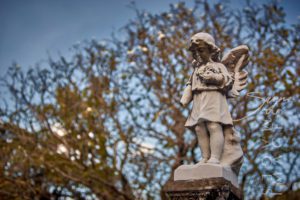
La Loma Cemetery: A Historic Haven of Timeless Beauty and Remembrance
As one of the oldest cemeteries in Manila, Campo Santo De La Loma, commonly referred to as the La Loma Cemetery, is one of the
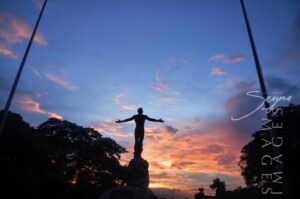
The UP Oblation: A Must-See Icon of Filipino Freedom and Legacy
If you find yourself wandering through the sprawling campus of the University of the Philippines (UP) Diliman in Quezon City, you’ll undoubtedly encounter one of
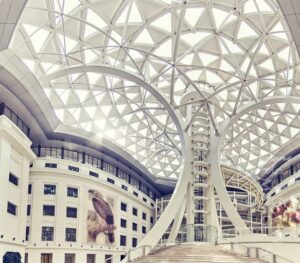
National Museum of Natural History: Unveiling the Rich Biological and Geological Diversity of the Philippines
Explore the vibrant tapestry of Manila through its four national museums, each a unique gem in the city’s cultural crown. These four distinguished establishments are
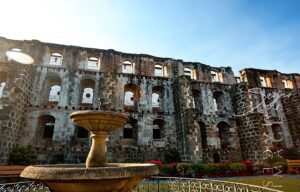
Padre Blanco Gardens: A Timeless Sanctuary in Manila
Located within the historic district of Intramuros, Manila, Padre Blanco Gardens—also known as Father Blanco’s Garden—offers a charming and romantic retreat amid centuries-old architecture. This
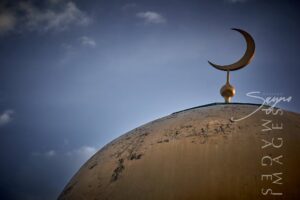
Manila Golden Mosque: A Cultural and Historical Landmark
Situated in the heart of Quiapo, Manila, the Manila Golden Mosque stands as a magnificent testament to the rich cultural and religious diversity of the
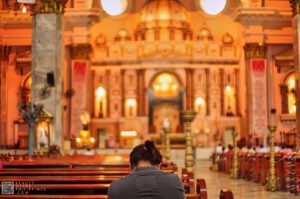
Binondo Church: A Resilient Symbol of Faith and Cultural Diversity in Manila
The Binondo Church is a historic church in Manila, located in the District of Binondo, near the Plaza San Lorenzo Ruiz. It was previously called
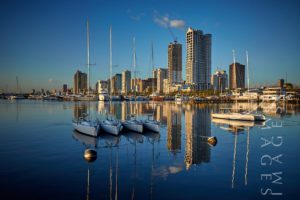
Manila Bay: A Resurgent Haven of Marine Life and Breathtaking Sunsets
It is considered to be one of the world’s great harbors, the Manila Bay, and it serves as the Port of Manila, Philippines. Having once
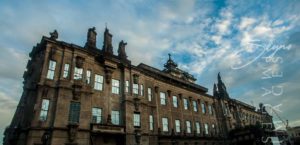
University of Santo Tomas: A Beacon of Faith-Based Education and Historical Legacy
UST, also known as the University of Santo Tomas, is a private Roman Catholic university located in Sampaloc, Manila. It was founded on 28 April
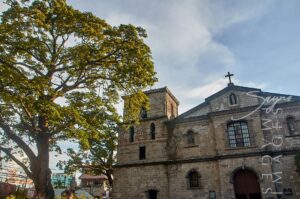
St. Joseph Church and the World-Famous Las Piñas Bamboo Organ: Discover the Soulful Charm of Las Piñas
If you’re the kind of traveler who loves uncovering places with soul — you know, spots where history, culture, and a touch of magic come




